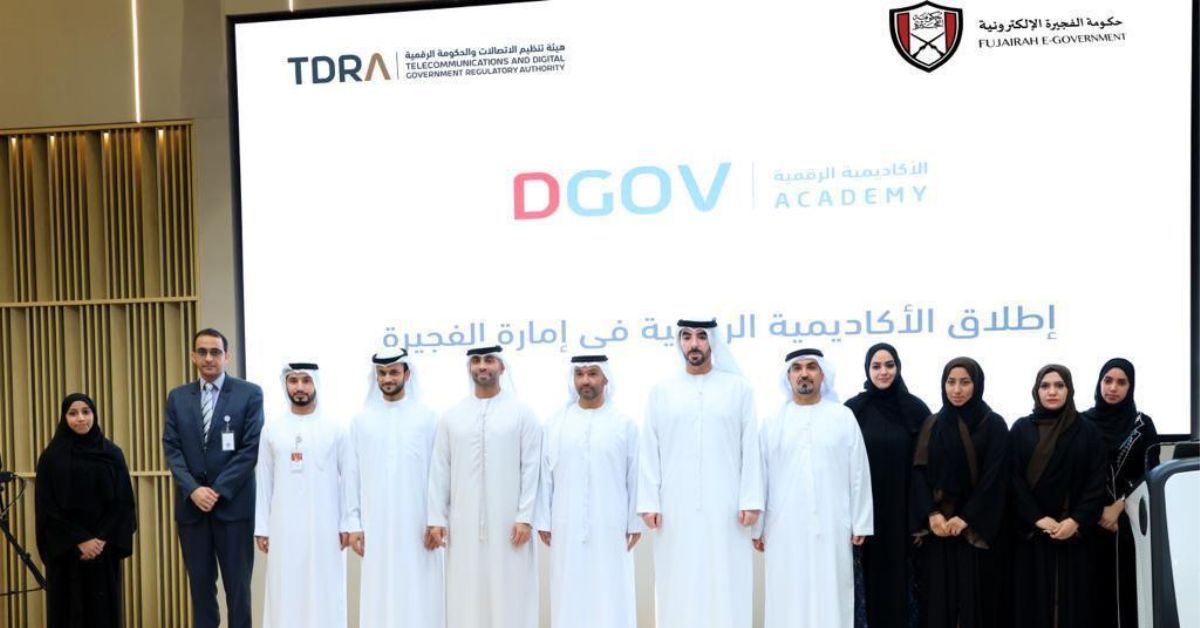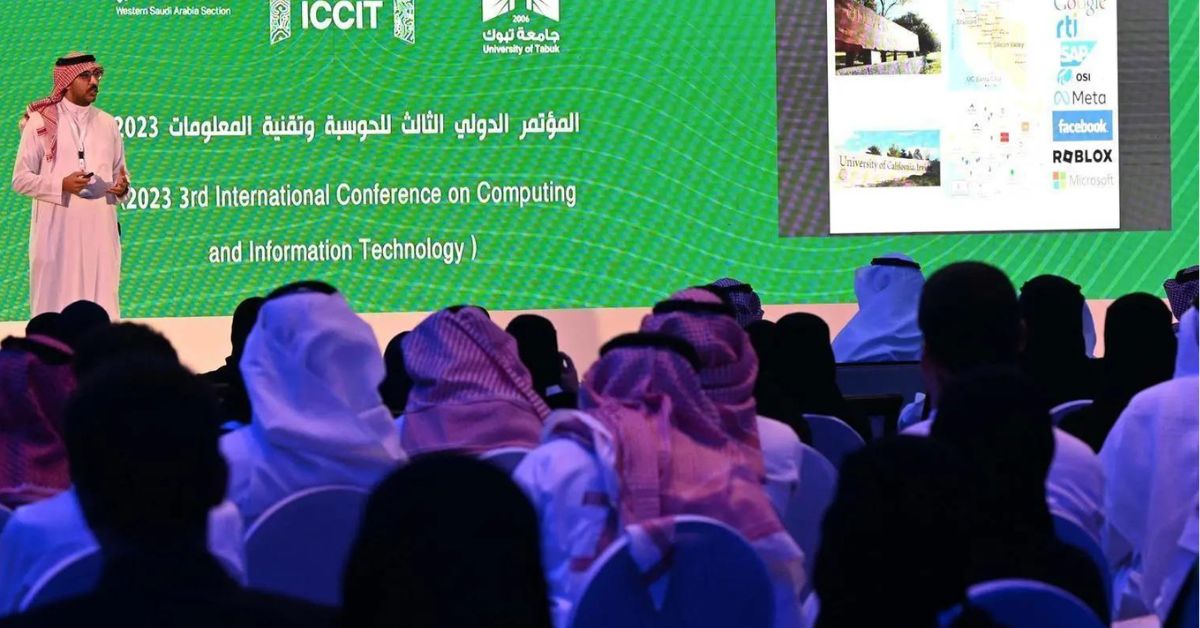DUBAI, UAE — The IT spending in the Middle East and North Africa (MENA) region is projected to increase by 4 percent in 2024, up from 2023, a latest by Gartner, Inc has pointed out.
The total IT expenditure in MENA is forecasted to reach US$ 183.8 billion in 2024, a rise from US$ 176.8 billion in 2023. In contrast, global IT spending is expected to hit US$ 5.1 trillion in 2024.
Miriam Burt, Managing VP Analyst at Gartner, said that the growth in IT spending in MENA is due to organizations, especially in the GCC region, prioritizing the digitization of their IT infrastructure.
“This aligns with regional governments’ initiatives to realize their visions for economic diversification, strengthen public-private partnerships, and support sustainability goals for net-zero targets,” Burt added.
Significant growth
MENA software spending is predicted to experience a double-digit growth of 12.3 percent in 2024.
IT services spending is set to follow closely with an 11.1 percent increase.
At a Glance * MENA IT Spending Growth: Projected 4% increase in 2024 from 2023. * Projected Expenditure: MENA IT spending to hit US$ 183.8 billion in 2024, up from US$ 176.8 billion in 2023. * Global IT Spending: Expected to reach US$ 5.1 trillion in 2024. * Reason for Growth: MENA organizations, especially in the GCC, are prioritizing IT infrastructure digitization. * Economic Diversification: Regional governments aim for economic diversification, public-private partnerships, and net-zero sustainability targets. * Software Spending: Predicted double-digit growth of 12.3% in 2024. * IT Services Spending: Expected to increase by 11.1% in 2024. * AI Integration: By 2024, more funds will be allocated to embed AI in business and IT planning. * Device Spending: After a 9.9% drop in 2023, a 0.6% growth is anticipated in 2024. * Generative AI: From 5% in 2020, 40% of enterprise applications will have conversational AI by 2024. * Emerging AI Techniques: Includes AI simulation, causal AI, federated machine learning, and more. * Developer Experience (DevX): Focus on improving interactions in software creation and distribution. * Cloud Computing's Future: Transitioning from a tech platform to a key business breakthrough driver in the next decade.
Burt emphasized that organizations in MENA are investing more in software and IT services to expedite digital transformation and optimize operations. This includes ongoing efforts in cloud migration, automation, and IoT capabilities. “The investments also aim to ensure regulatory compliance,” Burt added.
Gartner forecasts that by 2024, local companies will allocate more funds to integrate artificial intelligence (AI) into their strategic business and IT planning. Key spending priorities in the region will center on enhancing data management for better monetization and advancing cybersecurity and risk management measures.
Device spending
After a 9.9 percent decline in 2023, device spending in MENA is anticipated to grow by 0.6 percent in 2024.
Burt attributed this growth resurgence to several factors, including the increasing desire of regional consumers to own smartphones, aggressive marketing campaigns by premium brands, and a steady transition to 5G for enhanced connectivity.
Additionally, the rise in affordability due to financing options like “buy now, pay later” (BNPL) and the expansion of digital payment methods via smartphones are also driving the market’s recovery.
Generative AI gains traction
From a mere 5 percent in 2020, Gartner projects that by 2024, 40 percent of enterprise applications will incorporate conversational AI.
Eyad Tachwali, Sr Director of Advisory at Gartner, explained that despite economic challenges, business leaders in the MENA region are primarily investing in generative AI (GenAI) to elevate the customer experience.

Successful regional business and IT leaders are adopting agile methodologies for their GenAI initiatives, emphasizing swift testing and refinement. Currently, many MENA organizations are exploring GenAI’s potential, focusing on emerging use cases like generative value messaging and coding assistance.
Emerging technologies in customer service
The potential to enhance digital customer experiences, make smarter business decisions, and establish lasting competitive advantages is vast, thanks to various emerging AI techniques and generative AI. These techniques include AI simulation, causal AI, federated machine learning, graph data science, neuro-symbolic AI, and reinforcement learning.
Developer experience
The term “developer experience” (DevX) encompasses a developer’s interactions with systems, protocols, processes, and people involved in software creation and distribution. The success of many companies’ digital initiatives hinges on enhancing DevX, which is crucial for attracting and retaining top engineering talent, maintaining team morale, and offering meaningful work.
Technologies like AI-enhanced software engineering, API-centric SaaS, GitOps, internal developer portals, open-source program offices, and value stream management platforms are currently pivotal in improving DevX. In the coming decade, cloud computing will evolve from a platform for tech innovation to a fundamental driver of breakthroughs in the business sector.
Gartner believes that cloud computing will become more distributed and will cater to specific industries to facilitate this broad adoption. To maximize the benefits from cloud investments, automated operational scalability, access to cloud-native platform technologies, and effective governance are essential.








